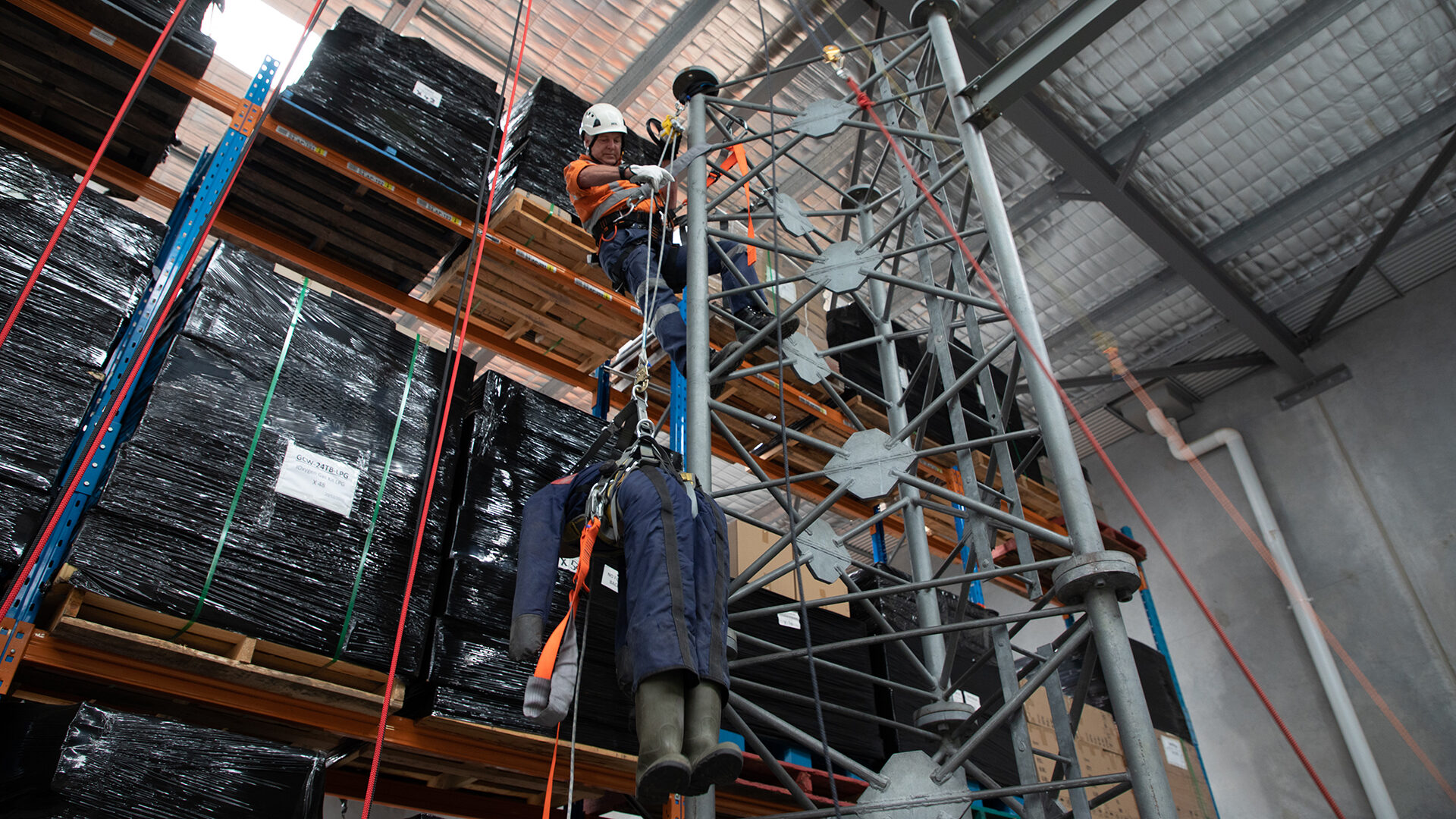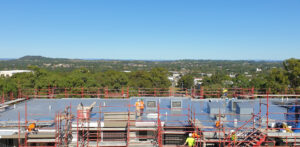Accidents happen. Having a plan ready to action in response to one can mean the difference between life and death.
In an ideal world, there would be no workplace accidents occurring anywhere, at any time. We do not, however, live in a perfect world. Accidents and emergencies do occur, and the probability of one occurring can never be reduced to zero.
Taking workplace safety seriously is the only way that the risk of an accident can be reduced. Holistic workplace safety means ensuring that safety systems are in place, as well as thorough procedures. It also involves making sure workers are trained and have the correct equipment to safely carry out their tasks.
Even with all these mitigations in place, accidents can still occur. When they do, having an emergency plan that can be quickly and efficiently actioned can make all the difference.
Triple zero is not a rescue plan
Although calling the emergency services should be part of your rescue plan, it cannot be the only line item.
When it comes to executing a rescue following a workplace accident, simply calling 000 is not enough. While the emergency services can provide support following an accident – especially when it comes to transporting the casualty to hospital – they may not be equipped to assist with rescue operations when they arrive on site.
A typical ambulance does not carry with it the equipment needed to retrieve a worker who is suspended after a fall. Nor do they carry the equipment needed to enter a confined space to safely recover a worker overcome from fumes.
The other aspect of relying on the emergency services to execute your rescue plan is their response time. Recovering a worker, especially one that is suspended following a fall or in a confined space overcome by fumes, is something that needs to occur as quickly as possible. Waiting even just a handful of minutes for emergency services to arrive could lead to a poorer outcome.
What the regulations say
In New South Wales, workplace safety is covered by the Work Health and Safety Regulation 2017.
Part 3.2, Division 4 (clause 43) of the Regulation states that a person conducting a business or undertaking (PCBU) “at a workplace must ensure that an emergency plan is prepared for the workplace”.
The Regulation also outlines that the emergency plan should cover every aspect of a site’s response to an accident including evacuation procedures, notification and coordination with emergency services as well as medical treatment and procedures.
Specific regulations relating to working at heights and in confined spaces is also covered within the scope of the regulation.
In Part 4.3, Division 3, clause 74 outlines that there should be “first aid procedures and rescue procedures to be followed in the event of an emergency in a confined space” and that the procedures are “initiated from outside the confined space as soon as practicable in an emergency”.
For working at heights, clause 80 provides guidance on the requirements for emergency plans. It applies “if a person conducting a business or undertaking provides a fall arrest system as a control measure”.
It also states that a PCBU must provide rescue procedures, first aid procedures and ensure that workers are adequately trained and instructed in the procedures.
What should an emergency plan look like?
There are no hard and fast rules about what an emergency plan needs to look like. The general principle is they should be easy to understand and be tailored to the specific workplace where it is to be implemented.
SafeWork NSW also suggests that the nature of work being undertaken, the types of hazards present on site, the size and location of the workplace and the number of workers present be considered when putting together your emergency plan.
It some cases, the emergency plan may be incorporated into a safe work method statement (SWMS) or other worksite document. Or it could be its own thing. No matter what format your emergency plan is in, it should be easily accessible or on display at your workplace.
Emergency plans should also contain information relating to first aid kits and procedures, evacuation routes and assembly areas, shutdown of plant and other equipment as well as the location of rescue equipment.
An example of an emergency plan for confined space work, ready to fill in with your site’s specific details, is available on the SafeWork NSW website.
Emergency response skills and training
All workers on site should be adequately trained in the emergency and rescue procedures. Depending on the individual worker’s role within the emergency plan, their level of training could be anything from simply practising an evacuation to an assembly point or participating in a rescue operation.
Those responsible for managing the evacuation and coordination of the emergency response are typically an area or fire warden. For workers charged with performing rescues in the event of a fall from height or other accident, specific rescue training may need to be completed.
This training not only teaches skills in undertaking a rescue, but it can also assist workers in becoming familiar with the equipment they will be using as well.
Even if training has been completed previously, skills should be practiced and refreshed on a regular basis. Refresher training assists in embedding rescue procedures into the mind so they become second nature, which in turn makes rescue operations more effective and quicker to complete.
What equipment is needed to perform a rescue?
The equipment needed to perform a rescue will vary depending on the type of work being completed and the environment it is being completed in.
Typically, for a fall from height, an emergency plan will require that a casualty be either raised back up to a safe area for recovery or be lowered to the ground/another level. There is a variety of rescue equipment available to accomplish this including the Skylotech Milan and SpanSet Gotcha kits.
Confined space rescue may involve davit arms, winches and breathing apparatus depending on the type of confined space being worked in and the cause of the accident. It is also worth pointing out that any confined space being worked in should have an entry point big enough to allow rescue equipment in if required.
For both, rescue equipment should also include suitable ropes, lanyards, connectors, harnesses and anchor straps needed to safely setup and operate any rescue equipment or follow the required procedures.
More generally, a workplace should have first aid kits, fire extinguishers (suitable for the types of fires most likely to occur, infection control PPE and stretchers for the evacuation of incapacitated workers.
Mitigating risk through holistic safety
The best way to avoid needing to action your emergency plan is to take safety seriously from the very start of a job. Keeping workers safe is everyone’s responsibility from the building owner or builder to employers and contractors and even the workers themselves.
Any work being undertaken in a high-risk environment – whether it be at heights, in a confined space or another environment – should only be done when a compliant and complete safety system is in place for the worker to use.
That system should be thoroughly documented, and administrative controls put in place to make sure that everyone using the system is aware of how to do so correctly, and that the system is kept in good working order.
Workers should make sure they are trained in the skills needed to safely complete work in these places, and that they have the correct PPE and other safety equipment available so that the system is used correctly.
Need expert advice?
The team at Height Safety Engineers are the experts in protecting people. No matter the type of work or its location, HSE can provide accurate and unbiased advice to assist in solving your safety needs.
Call us on 1300 884 978 or email enquiries@heightsafety.net to start your safety journey with us.





